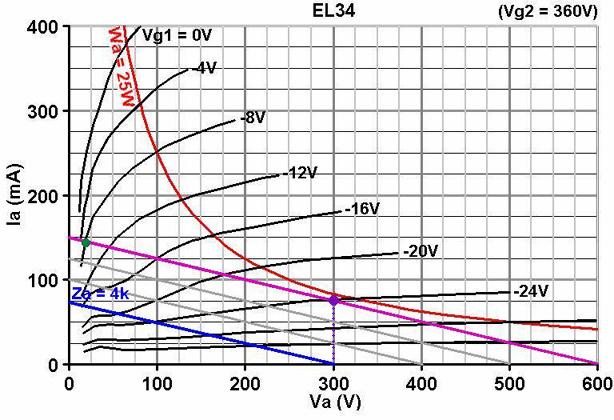Hi there, first time posting in this section. My question has to do with power ratings for a single 6V6 amp such as a Fender Champ. I worked on a similar amp recently, a Harmony 8418 made by Valco. I calculated the power dissipation of the power tube to be just over 10 watts, which seemed reasonable since 6V6's are rated for 12 watts max dissipation. What confuses me though is that the literature on the Fender Champs says they are 5 watt amps. Am I missing something here? Why would they design the Champ to output only 5 watts if they had up to 12 watts available from the power tube?
B.L.
B.L.





Comment